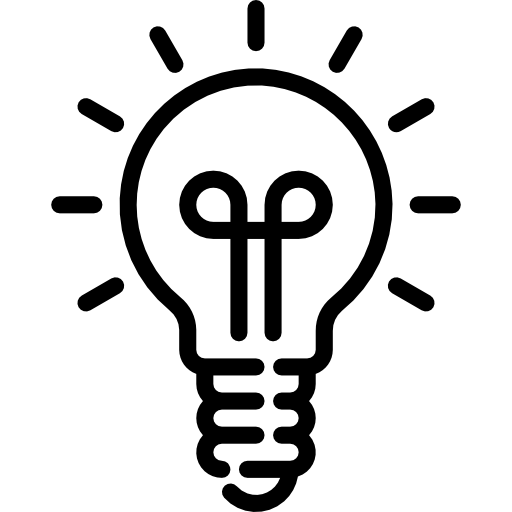Abstinence Violation Effect SpringerLink
Equally important is to learn to identify situations that carry high risk of relapse and to develop very specific strategies for dealing with each of them. High-risk situations include both internal experiences—positive memories of using or negative thoughts about the difficulty of resisting impulses—and situational cues. And the approaches can encompass both behavioral strategies—it is sometimes wisest to just walk away from a challenging situation or to call on one’s support network—and cognitive ones, such as distancing oneself from one’s thoughts unil h dure to use dissipates. Rajiv a 45 year old gentleman, presented with long history of alcohol dependence. His father and maternal uncle were heavy drinkers (predispositions to drinking, social learning).
- A careful functional analysis and identification of dysfunctional beliefs are important first steps in CBT.
- A verbal or written contract will increase the chance that gamblers will recontact at an appropriate stage and therefore minimise the likelihood of a full blown relapse.
- Reliance on any information provided by this website is solely at your own risk.
- We evaluated abstinence violation effects (AVEs) (a constellation of negative reactions to a lapse) following an initial lapse to smoking in 105 recent lapsers, and in temptation episodes from these lapsers and from 35 maintainers.
Recent studies have also explored whether abnormalities in metabolic signals related to energy metabolism contribute to symptoms in the eating disorders. Several studies have suggested that patients with bulimia nervosa may have a lower rate of energy utilization (measured as resting metabolic rate) than healthy individuals. Thus, a biological predisposition toward greater than average weight gain could lead to preoccupation with body weight and food intake in bulimia nervosa. As a result of stress, high-risk situations, or inborn anxieties, you are experiencing negative emotional responses.
The Abstinence Violation Effect Following Smoking Lapses and Temptations
Creating a rewarding life that is built around personally meaningful goals and activities, and not around substance use, is essential. Recovery is an opportunity for creating a life that is more fulfilling than what came before. Attention should focus on renewing old interests or developing new interests, changing negative thinking patterns, and developing new routines and friendship groups that were not linked to substance use. Engaging in self-care may sound like an indulgence, but it is crucial to recovery. For one, it bolsters self-respect, which usually comes under siege after a relapse but helps motivate and sustain recovery and the belief that one is worthy of good things. Too, maintaining healthy practices, especially getting abundant sleep, fortifies the ability to ride out cravings and summon coping skills in crisis situations, when they are needed most.
- Abstinence violation effect can be overcome, but it is far better to avoid suffering AVE in the first place.
- Positive moods can create the danger of relapse, especially among youth.
- Since cravings do not last forever, engaging in conversation about the feelings as they occur with someone who understands their nature can help a person ride out the craving.
- Not out of the same warped practicality mentioned above, but because they simply feel as if they are hopeless.
- The neurobiological basis of mindfulness in substance use and craving have also been described in recent literature40.
- The assumption of RP is that it is problematic to expect that the effects of a treatment that is designed to moderate or eliminate an undesirable behaviour will endure beyond the termination of that treatment.
- Social skills training (SST) incorporates a wide variety of interpersonal dimensions15.
Some models of addiction highlight the causative role of early life trauma and emotional pain from it. Some people contend that addiction is actually a misguided attempt to address emotional pain. However, it’s important to recognize that no one gets through life abstinence violation effect without emotional pain. Craving is an overwhelming desire to seek a substance, and cravings focus all one’s attention on that goal, shoving aside all reasoning ability. Perhaps the most important thing to know about cravings is that they do not last forever.
Understanding the Abstinence Violation Effect and its role in Relapse Prevention Treatment
The initial transgression of problem behaviour after a quit attempt is defined as a “lapse,” which could eventually lead to continued transgressions to a level that is similar to before quitting and is defined as a “relapse”. Another possible outcome of a lapse is that the client may manage to abstain and thus continue to go forward in https://ecosoberhouse.com/ the path of positive change, “prolapse”4. Many researchers define relapse as a process rather than as a discrete event and thus attempt to characterize the factors contributing to relapse3. Attending or resuming attending meetings of some form of mutual support group can be extremely valuable immediately after a lapse or relapse.
- There is a large literature on self-efficacy and its predictive relation to relapse or the maintenance of abstinence.
- Despite the empirical support for many components of the cognitive-behavioral model, there have also been many criticisms of the model for being too static and hierarchical.
- A person who can execute effective coping strategies (e.g. a behavioural strategy, such as leaving the situation, or a cognitive strategy, such as positive self-talk) is less likely to relapse compared with a person lacking those skills.
- Dr. Bishop is also a certified open water scuba diver, he enjoys fishing, traveling, and hunting.






